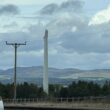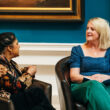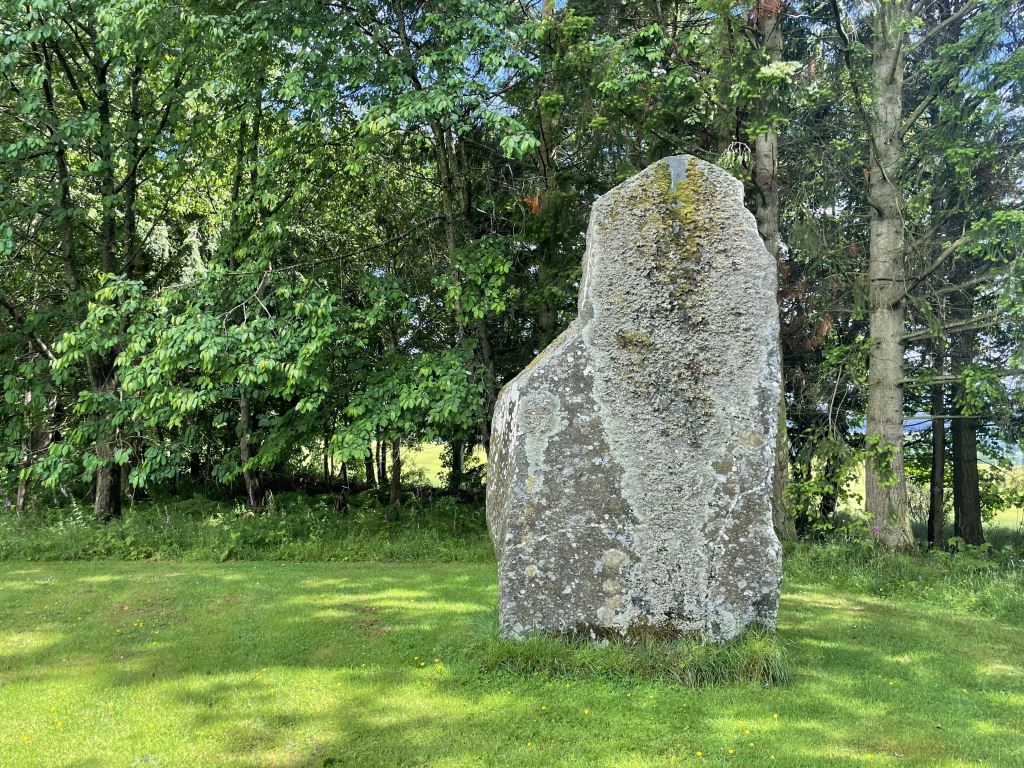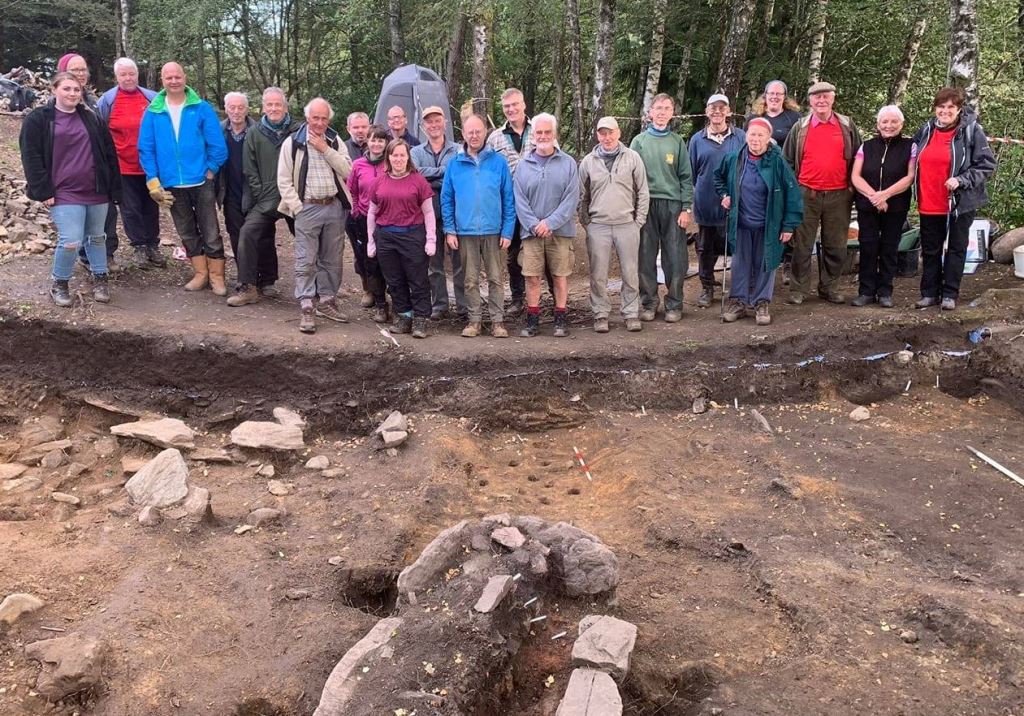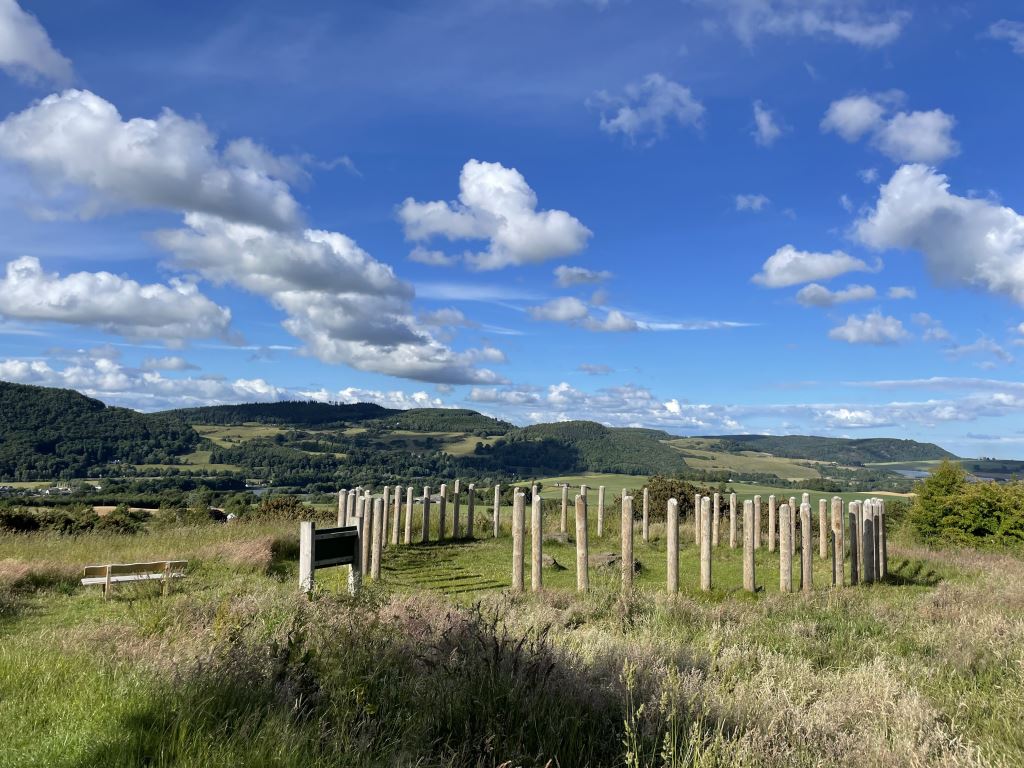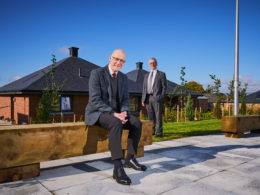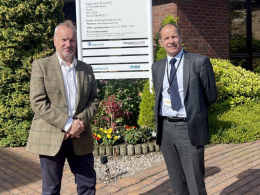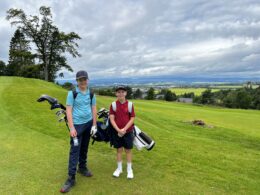Over 12,000 years of Perth and Kinross history has been brought together for the public to explore through a new free website.
Launched this week, The Perth and Kinross Archaeological Research Framework (PKARF) has taken over three years to build with over 100 experts and local community members taking part in its creation.
With sections covering every time period from the Mesolithic (which began 12,800 years ago) to the twentieth century, the website contains a wealth of reliable and up-to-date information for anyone interested in the heritage of Perth and Kinross.
Each era is then split into sections, such as ‘Religion and Ritual’ and ‘Daily Life’, which shine a light on the lives of people who lived in Perth and Kinross over thousands of years.
Every section is written by experts bringing together the latest research and fieldwork findings, such as the recent work at King’s Seat, Dunkeld, which is believed to have been a Pictish power centre over 1,100 years ago. Excavations here have unearthed an amazing selection of early medieval artefacts including glass drinking vessels and gaming pieces.
Special case study pages also dig deeper into the most important sites and objects discovered in the region, including a 1,500-year-old skeleton discovered at Bridge of Tilt in 1985, and an early medieval ‘palace’ said to be where the first king of Scotland, Kenneth MacAlpin, died in AD 858.
The project was co-ordinated by Perth and Kinross Heritage Trust (PKHT) and Scotland’s Archaeological Research Framework (ScARF) as part of Scotland’s Archaeology Strategy. ScARF’s Regional Research Frameworks outline current archaeological knowledge of an area’s past, as well as key regional differences in the national picture.
In addition to being a valuable resource for the public, the website is an important tool in the management of the archaeology of Perth and Kinross and lists key questions for archaeologists and researchers to try to answer in the future.
It is hoped that it will provide the springboard for exciting future projects, unlock funding opportunities, be used as a resource for teaching in schools and universities, and as inspiration for anyone interested in archaeology.
David Strachan, director of Perth and Kinross Heritage Trust, said: “Perth and Kinross has an extremely rich and varied archaeology, surviving both in the field and in museum collections. It has also seen several outstanding programmes of archaeological research over the last 100 years. The overarching aim of the new research framework has been to assess current knowledge of human activity through the archaeological record, and from this benchmark, identify knowledge gaps and establish research priorities and questions. It’s intended use is to inform effective future management of the archaeological resource, and guide ongoing and future research, whether developer, academic or community led. The framework also aspires to help to make the historic environment an educational tool and an asset that enriches people’s lives and strengthens community through a sense of place and identity.”
Helen Spencer, Project Manager of the Scottish Archaeological Research Framework at Society of Antiquaries of Scotland, said: “The Society of Antiquaries of Scotland is delighted to launch its third regional framework, with previous projects focussing on the Highlands and Argyll. As well as being an important new tool for professional archaeologists, we are hoping it will encourage people, both locals and visitors, to find out more about the rich heritage of Perth and Kinross and inspire them to visit sites and museums.”
Kirsty Owen, Deputy Head of Archaeology, Historic Environment Scotland, said: “Historic Environment Scotland is pleased to support the Perth and Kinross Archaeological Research Framework as part of our commitment to the delivery of Scotland’s Archaeology Strategy. This project has brought together the knowledge and expertise of individuals and communities to create a resource which will support good decision making in the management of the archaeological heritage of Perth and Kinross, inspire new projects and encourage more people to get involved in archaeology.”
The project was managed by Perth and Kinross Heritage Trust and co-ordinated by the Society of Antiquaries of Scotland. The three-year project to create the framework was primarily funded by Historic Environment Scotland.
For more information, please visit https://scarf.scot/regional/perth-and-kinross-archaeological-research-framework-2/


